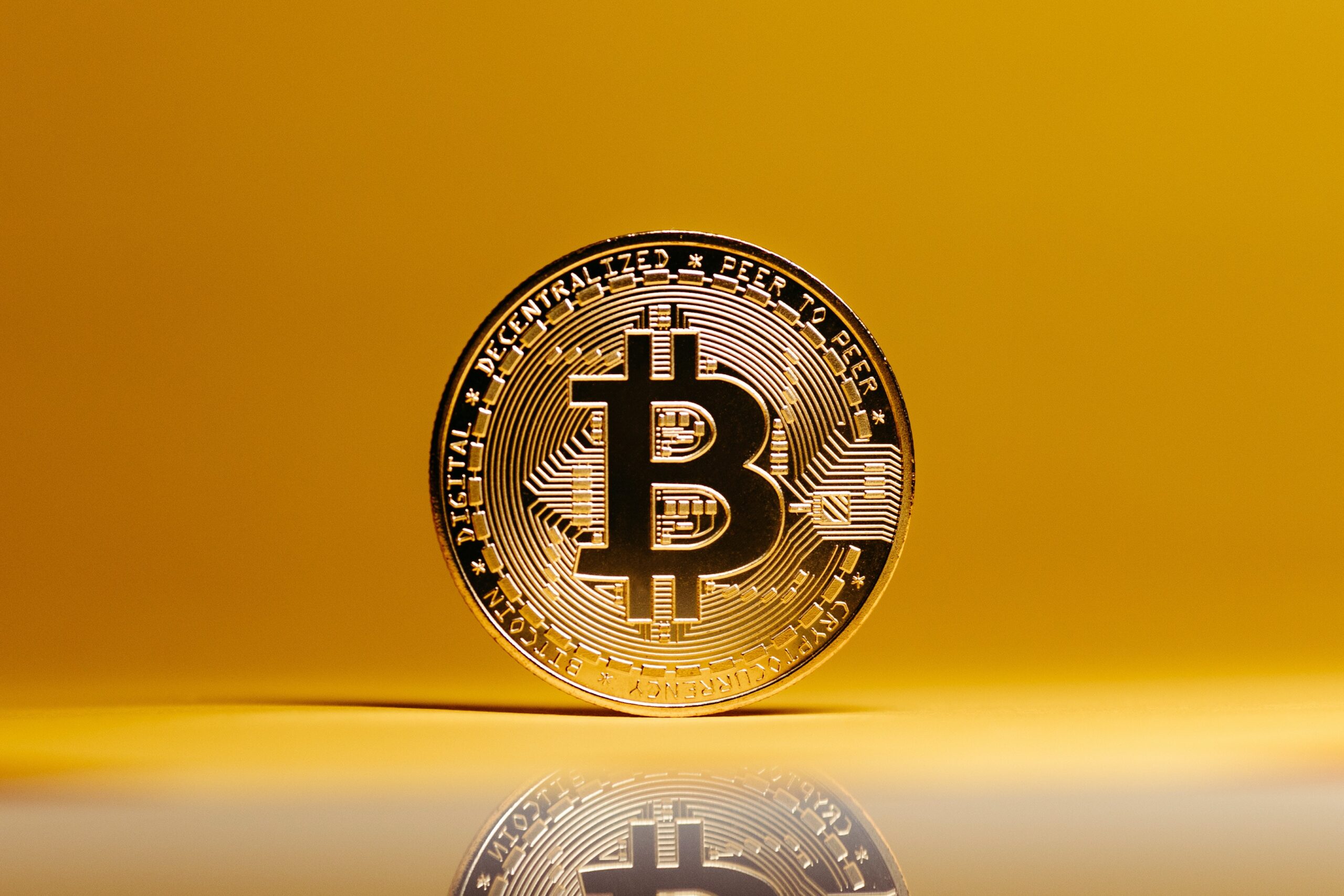Bitcoin, the pioneer of cryptocurrencies, operates on a decentralized and secure network, maintained by a process called mining. This process involves validating transactions and adding them to the public ledger known as the blockchain. Bitcoin Halving is a significant event that takes place in the Bitcoin network, impacting the rate at which new bitcoins are created and ultimately influencing the cryptocurrency’s supply dynamics.
The Basics of Bitcoin Supply
The total supply of Bitcoin is capped at 21 million coins. This limited supply is a fundamental aspect of Bitcoin’s design, ensuring scarcity and potentially increasing its value over time. The way new bitcoins enter circulation is through a process called mining.
Miners use powerful computers to solve complex mathematical problems that validate and secure transactions on the network. As a reward for their efforts, miners are given new bitcoins and transaction fees. However, to maintain scarcity and control inflation, the number of new bitcoins generated is halved approximately every four years in an event known as the Bitcoin Halving.
What is Bitcoin Halving?
Bitcoin Halving, often referred to as the “Halvening,” is a pre-programmed event that occurs every 210,000 blocks, roughly every four years. During this event, the reward for mining new blocks is cut in half. Initially, when Bitcoin started in 2009, the reward was 50 bitcoins per block. The first halving occurred in 2012, reducing the reward to 25 bitcoins. Subsequent halvings in 2016 and 2020 further reduced the reward to 12.5 and 6.25 bitcoins per block, respectively. The next Bitcoin halving is projected to be in April of 2024 with the reward being cut down to 3.125 per block.
The purpose of halving the reward is to slow down the creation of new bitcoins, gradually decreasing the rate at which new coins enter circulation. This mimics the mining of precious metals like gold, where the supply becomes scarcer over time, thus potentially increasing the value of each unit.
Impact on Bitcoin Economy
Bitcoin Halving has several implications for the Bitcoin ecosystem:
Supply Reduction:
The most immediate impact is the reduction in the rate at which new bitcoins are created. This reduced supply helps maintain scarcity, increasing the perceived value of existing bitcoins.
Mining Economics:
For miners, the halving means they receive fewer bitcoins as rewards for their mining efforts. This may affect the profitability of mining operations, especially those with higher operational costs.
Price Dynamics:
Historically, Bitcoin halving events have been associated with increased attention and often a subsequent surge in the price of Bitcoin. The anticipation of reduced supply and potential increased demand can drive up prices.
Market Sentiment:
Halving events can create a sense of optimism and excitement within the crypto community and the broader financial market. Investors and enthusiasts often look forward to these events, anticipating positive price movements.
Long-Term Scarcity:
With each halving, Bitcoin becomes scarcer, making it more akin to a store of value, similar to precious metals. This characteristic may attract long-term investors looking to hedge against traditional market fluctuations.
Future Halvings and the Road to 21 Million
The halving events will continue approximately every four years until the maximum supply of 21 million bitcoins is reached, which is estimated to occur around the year 2140. As the reward decreases with each halving, miners will need to rely more on transaction fees to sustain their operations.
Bitcoin Halving events are an essential aspect of Bitcoin’s design, reinforcing its deflationary nature and maintaining its value proposition. These scheduled reductions in supply play a crucial role in shaping the economics and perception of Bitcoin in the cryptocurrency landscape. Investors and enthusiasts keenly await these events, as they mark significant milestones in the evolution of the world’s first and most well-known cryptocurrency.

